Teach a child a foreign language and the first things that they’ll remember is the profanity, slang or pickup lines. In other news: kids who only study one year of Spanish make the world’s worst interpreters. As a testament to that, it’s been more than 25 years and I can still say “you’re very cute” in Norwegian. The gross facts from reference books, those strange blurbs about animals that they’ll never see are always the first ones to get read. How-To-Read Super Gross is a book series that leans into that tendency and gives it a big, yucky hug. What’s In Your Body? is the big font combination of photographs and illustrations and witty dialogue that emerging readers crave.
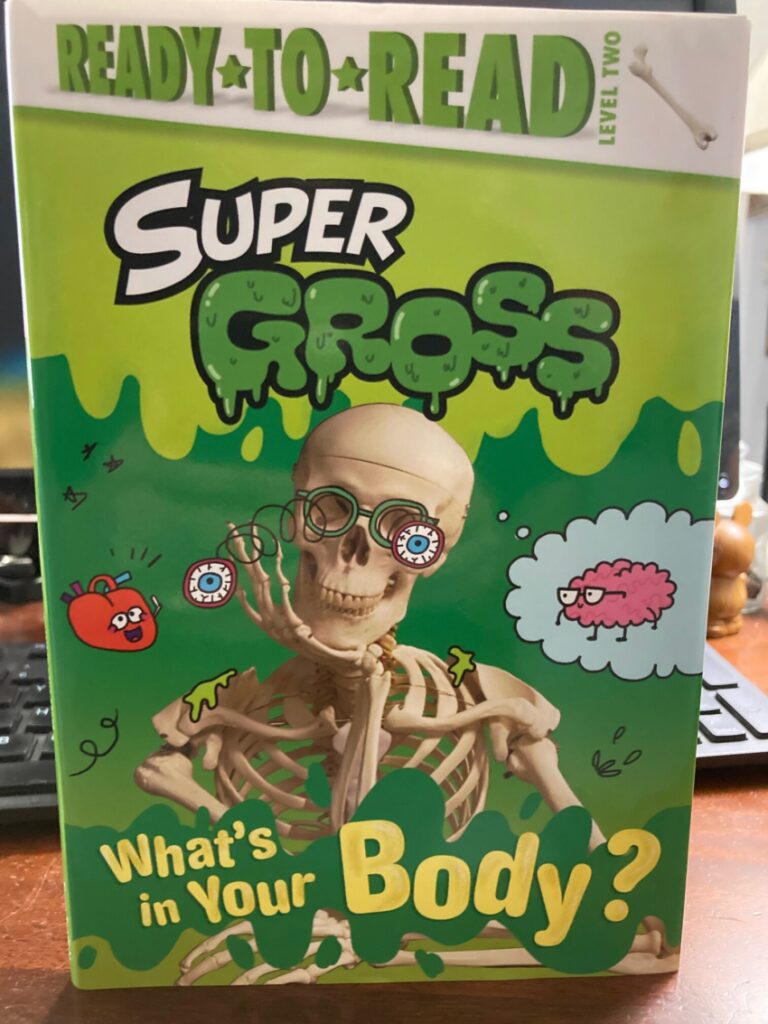

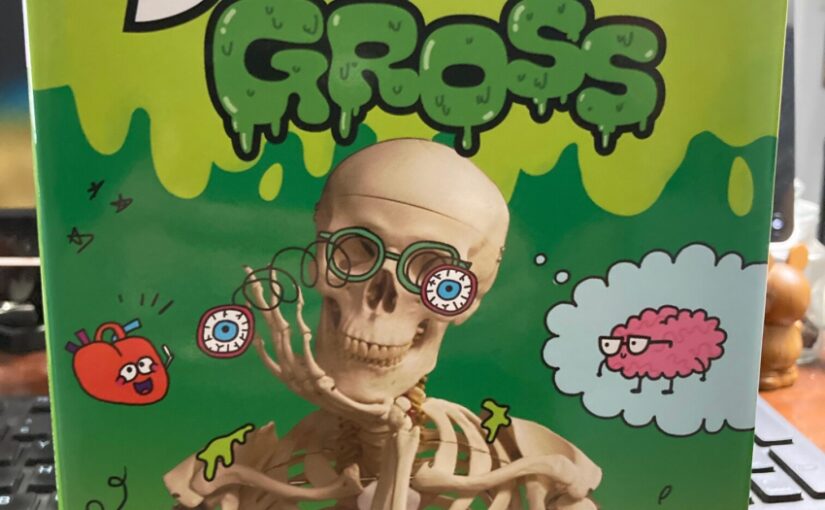
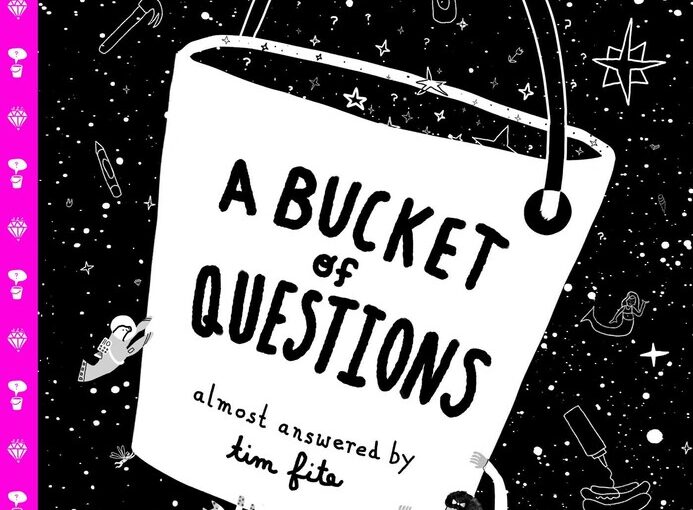
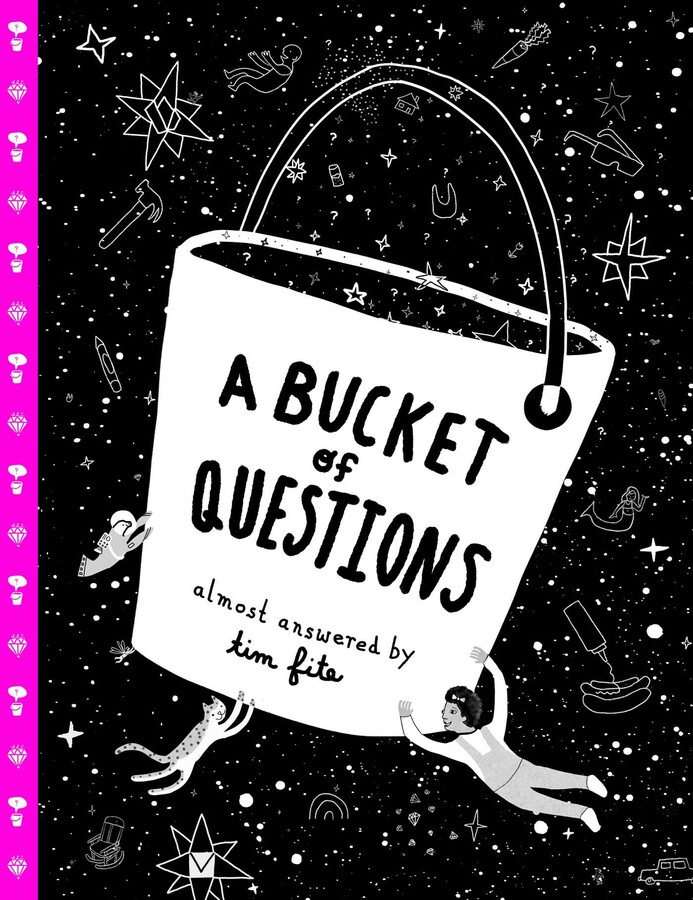
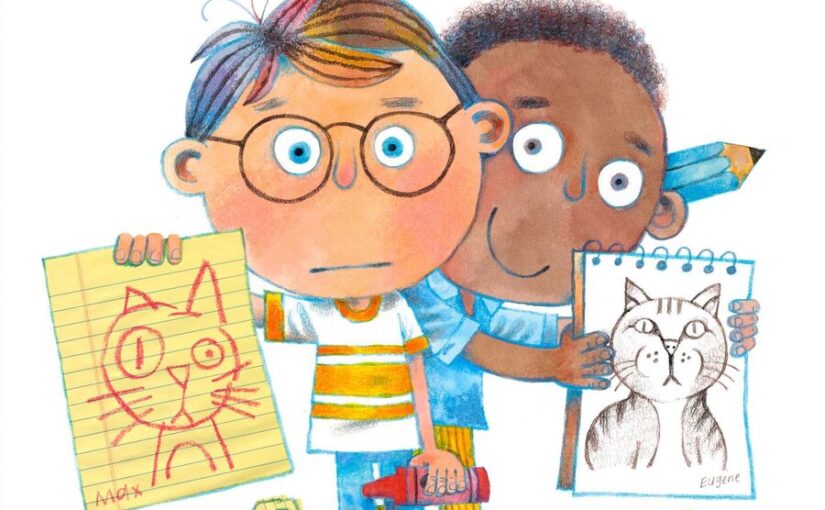
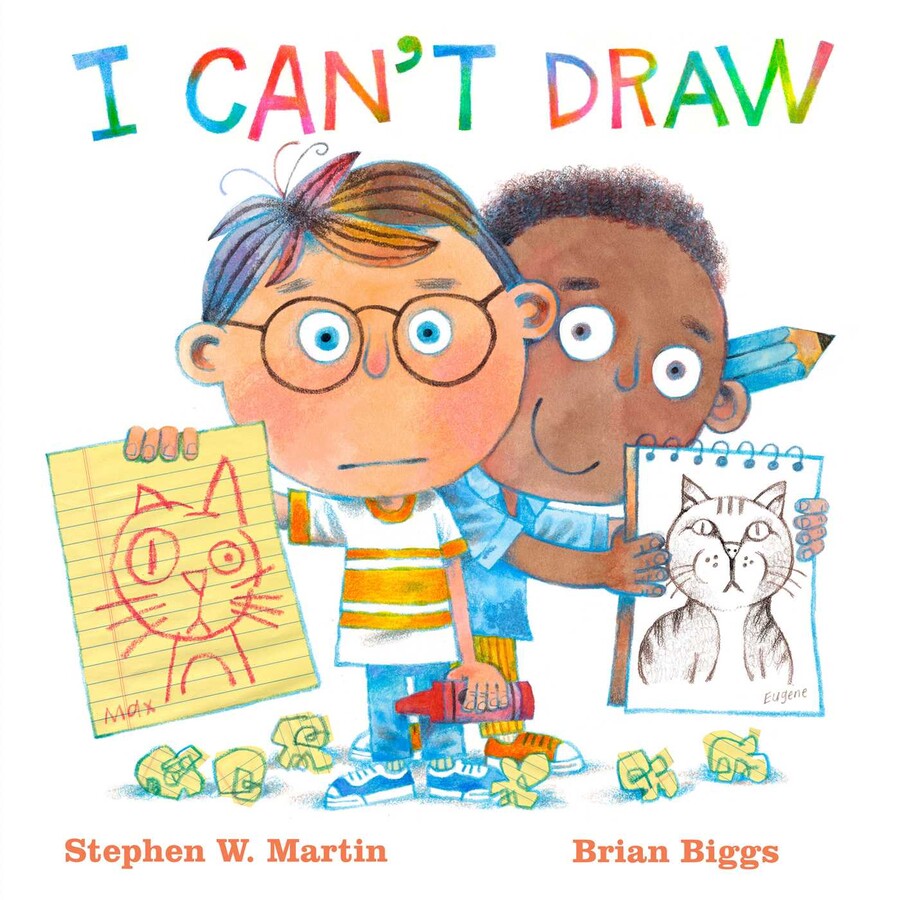
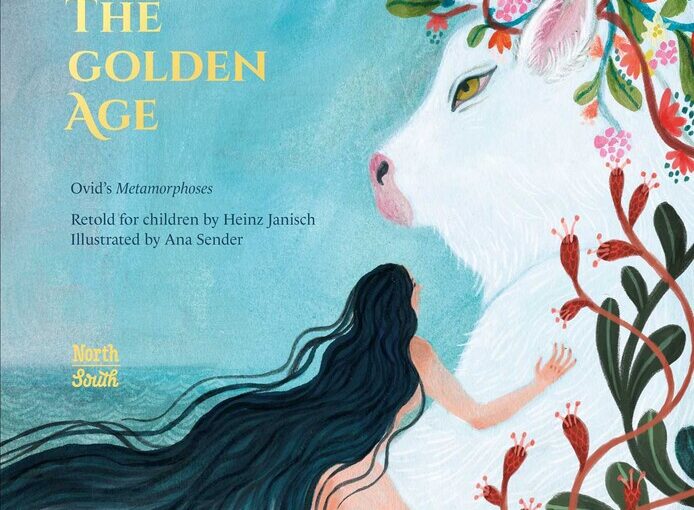
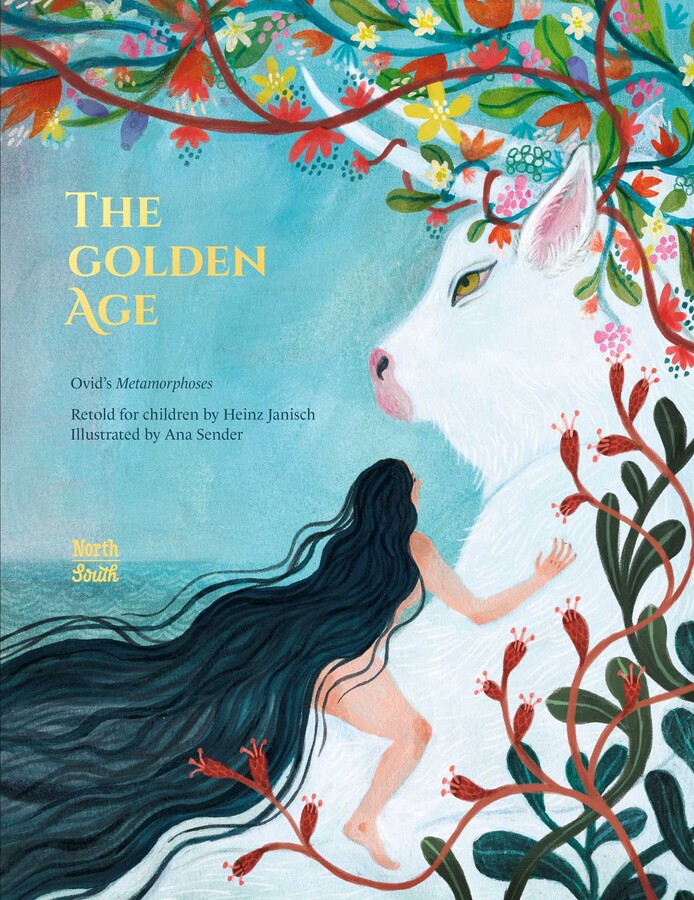
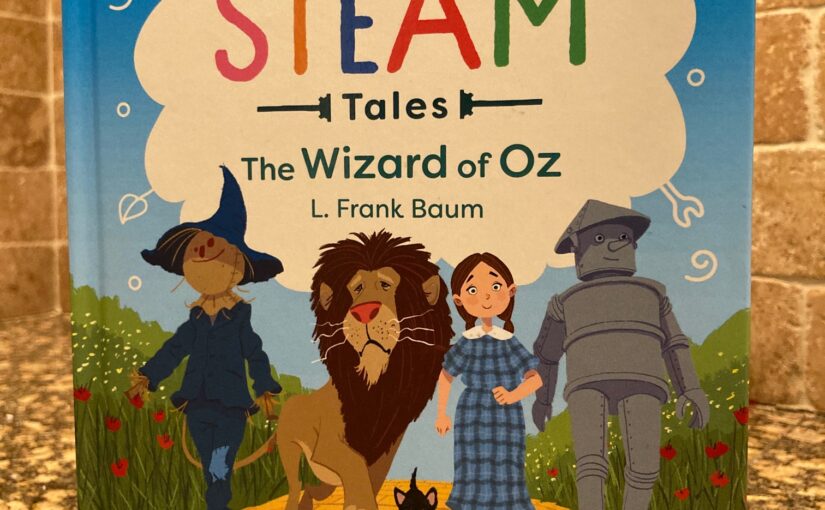
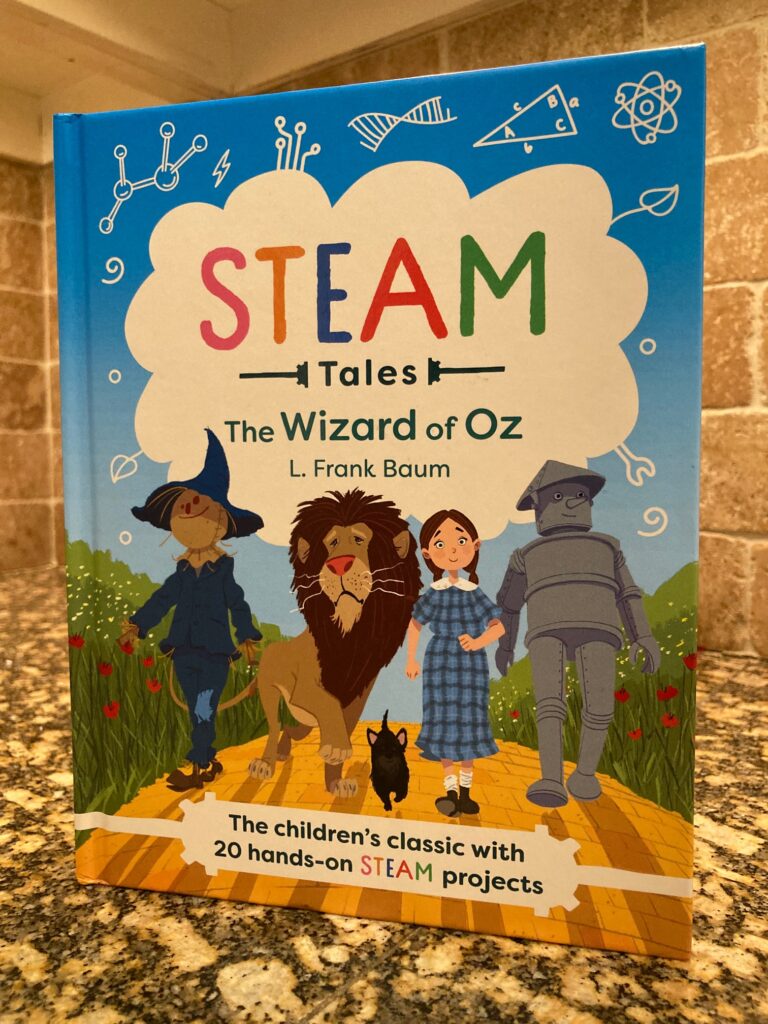
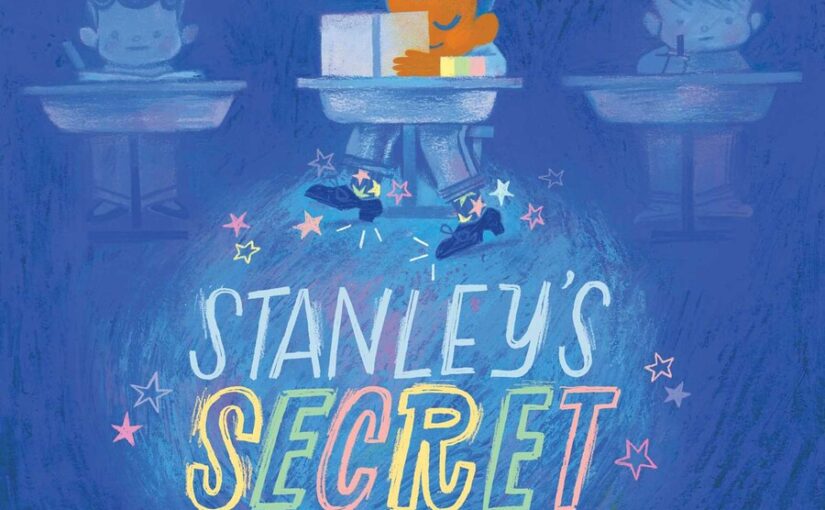
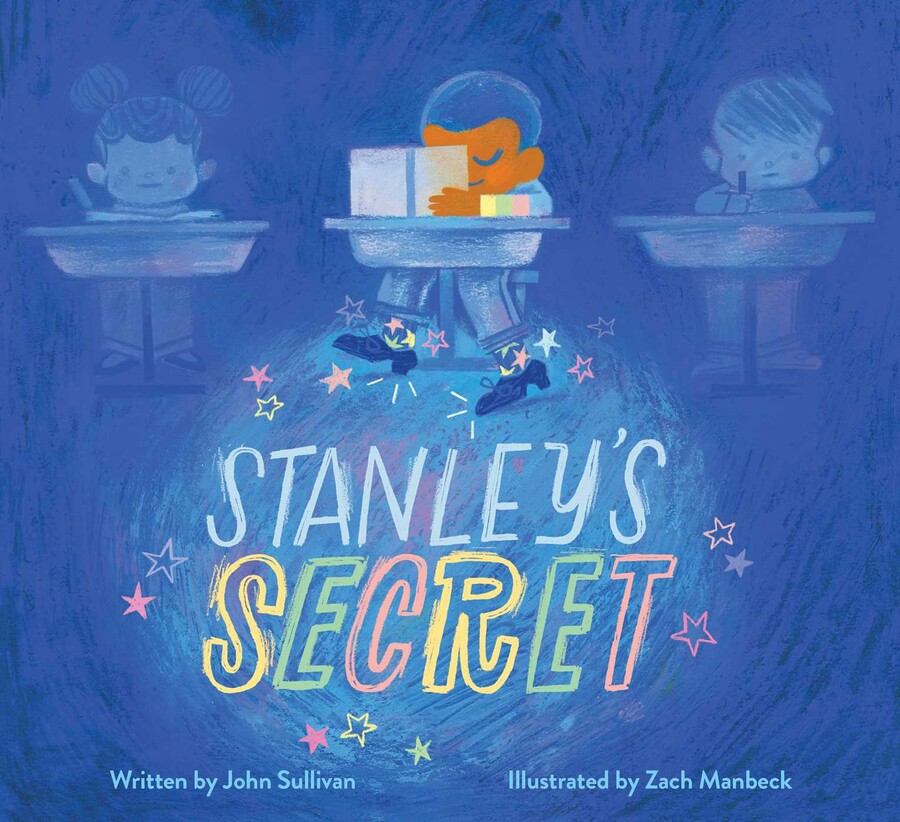
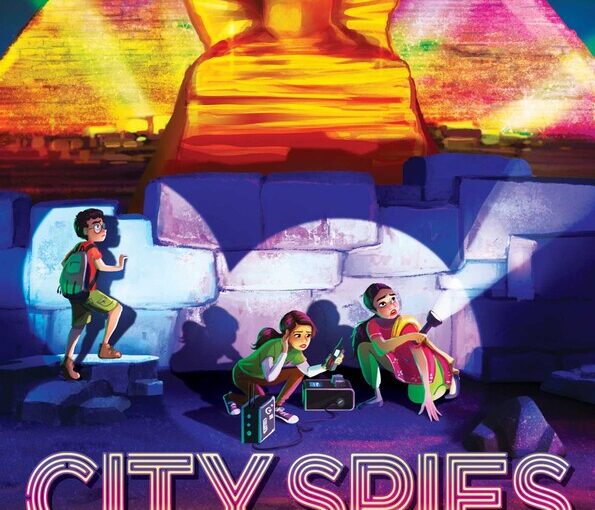
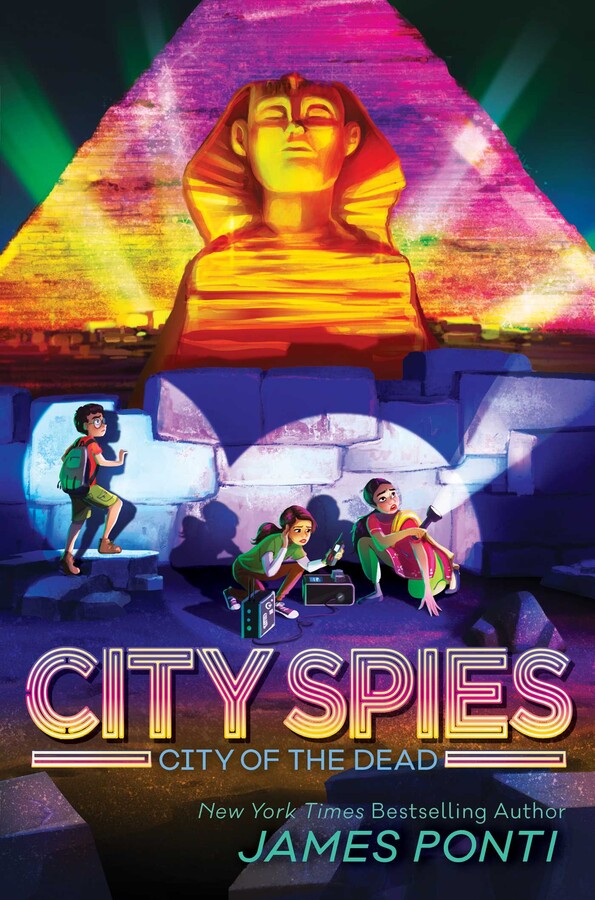
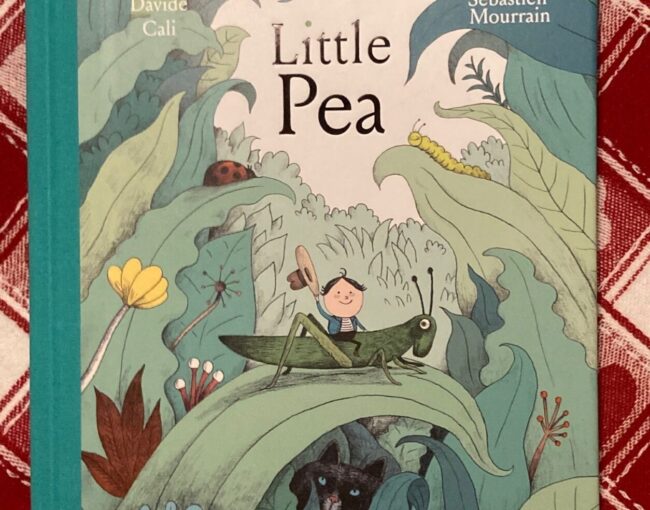
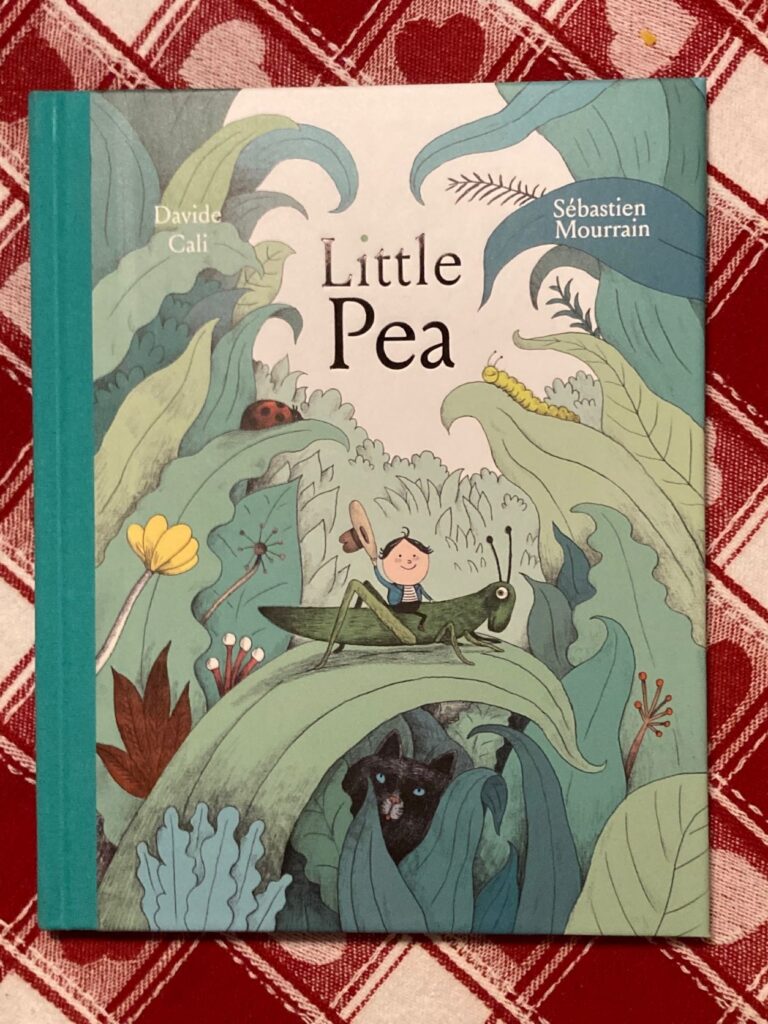


 Facebook
Facebook Twitter
Twitter Flickr
Flickr GooglePlus
GooglePlus Youtube
Youtube